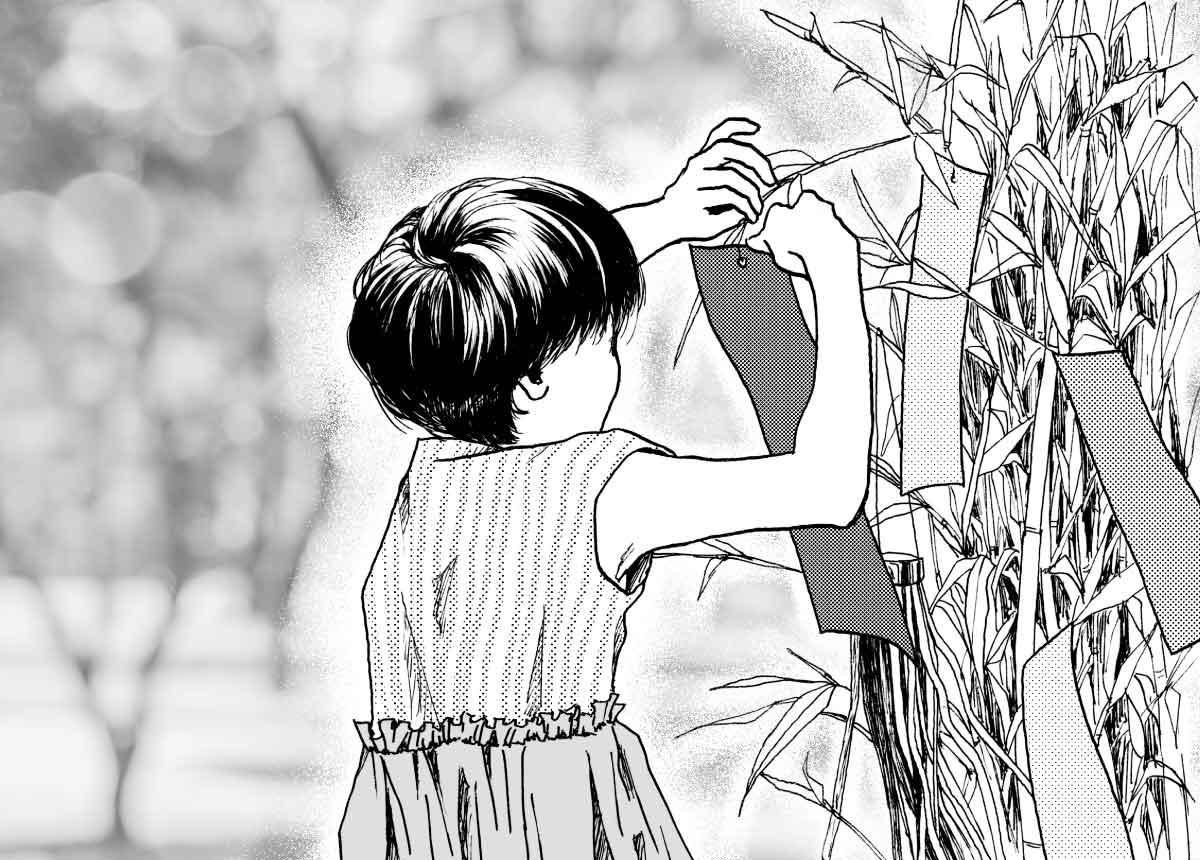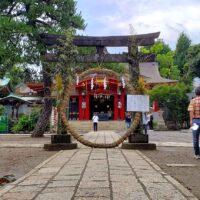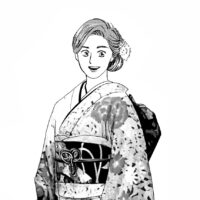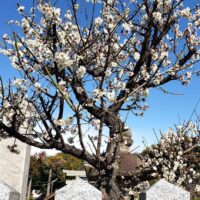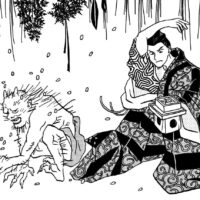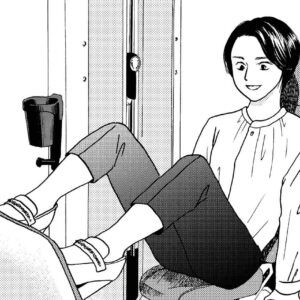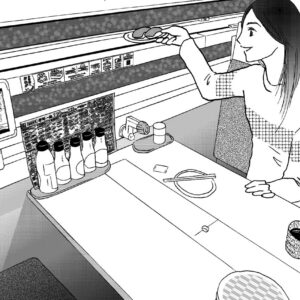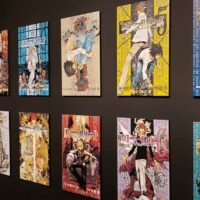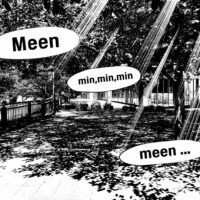In Asian countries, it is apparently common to hold some kind of festival on July 7. In Japan, this day is called “Tanabata”. Derived from Chinese mythology, it is known as a day when a weaver girl and a cowherd boy are allowed to meet once a year by the gods.
On this day in Japan, people write their wishes on long, thin pieces of paper and decorate them on bamboo leaves. The festival began when people in the past wished for “some kind of improvement in skill” on July 7 because a girl in the myth was good at weaving.
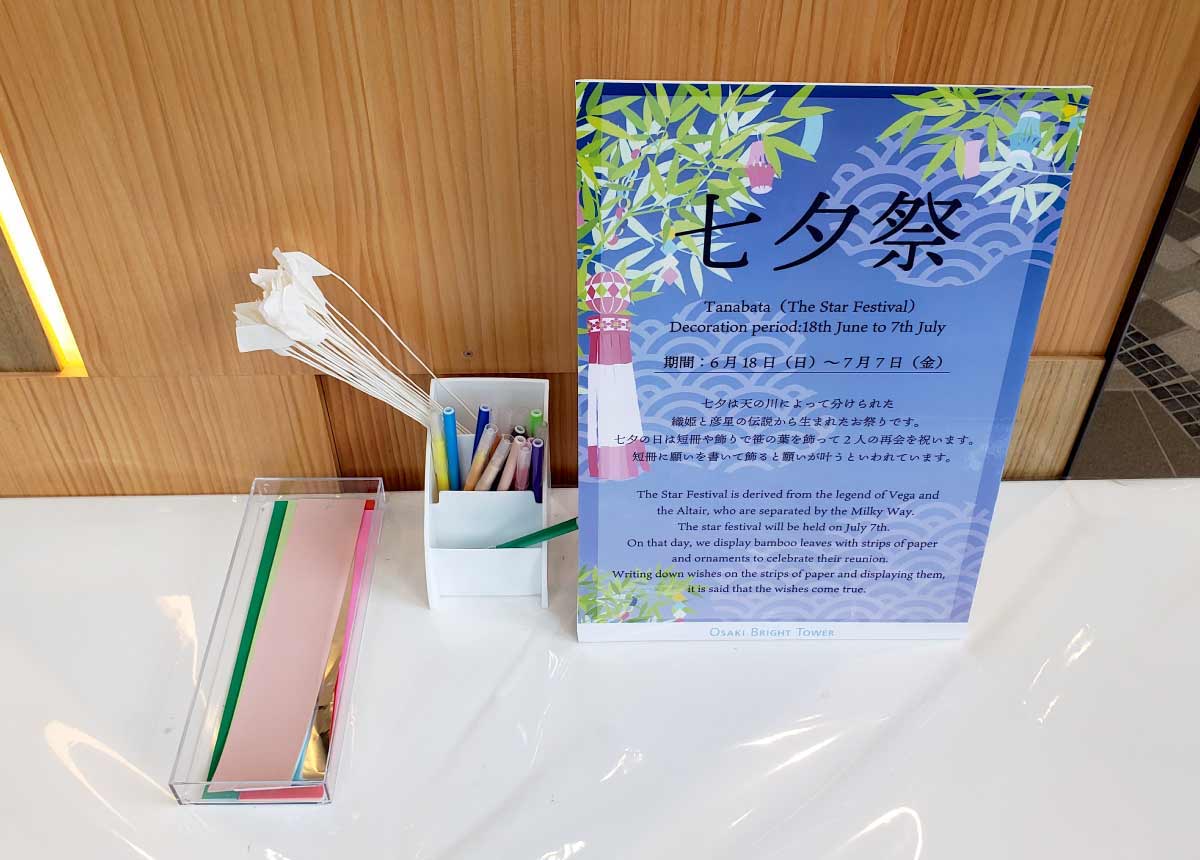
Bamboos are set up in shopping malls and commercial facilities. Anyone can freely write their wishes on a piece of paper and hang it on the bamboo.
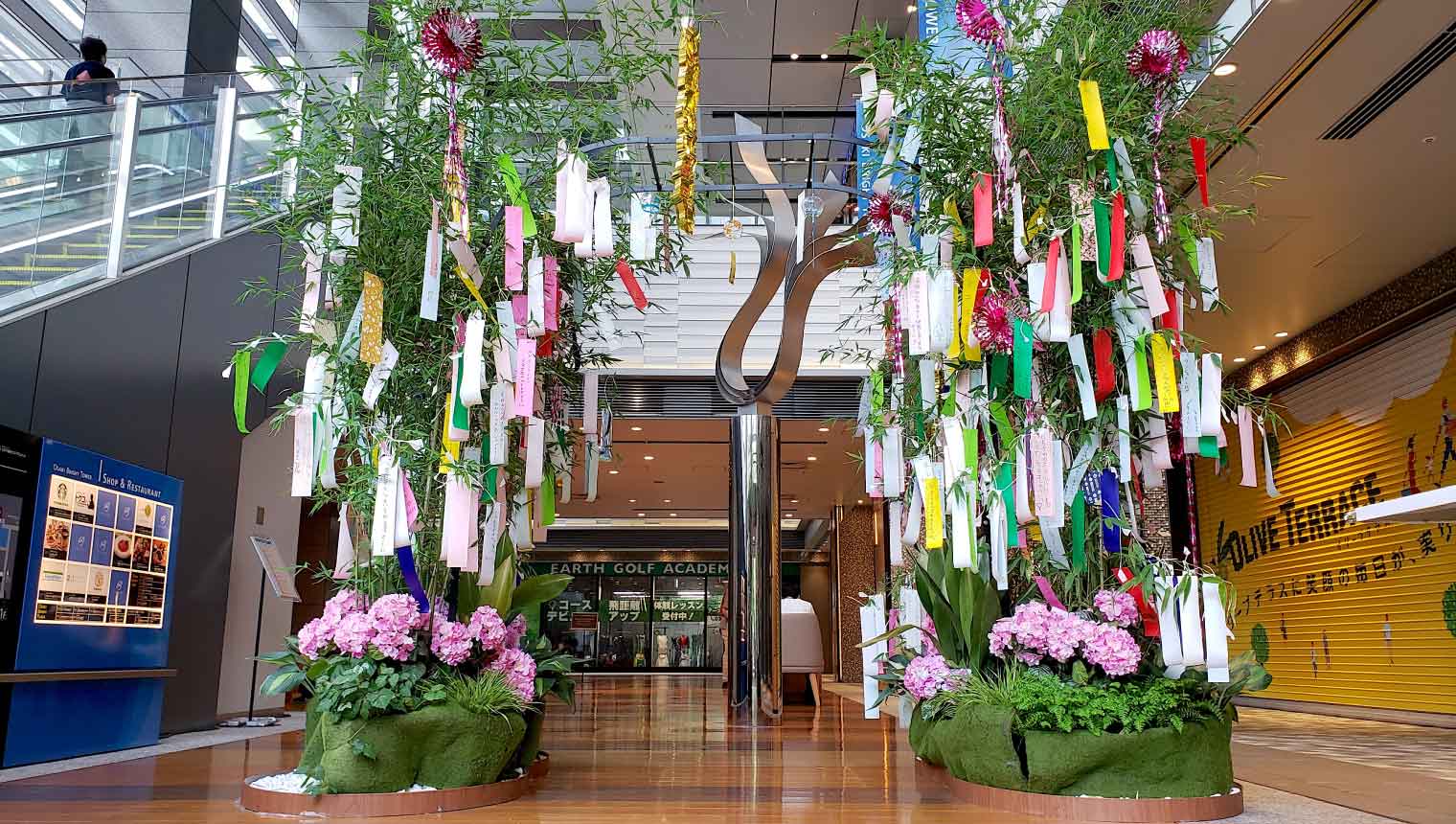
On the paper, almost all children and adults put down their hopes for “health” and “peace”. Surprisingly few people seem to write, “I want to have enormous wealth!” People’s personal wishes include “to pass an exam” and “to be active in sports.”
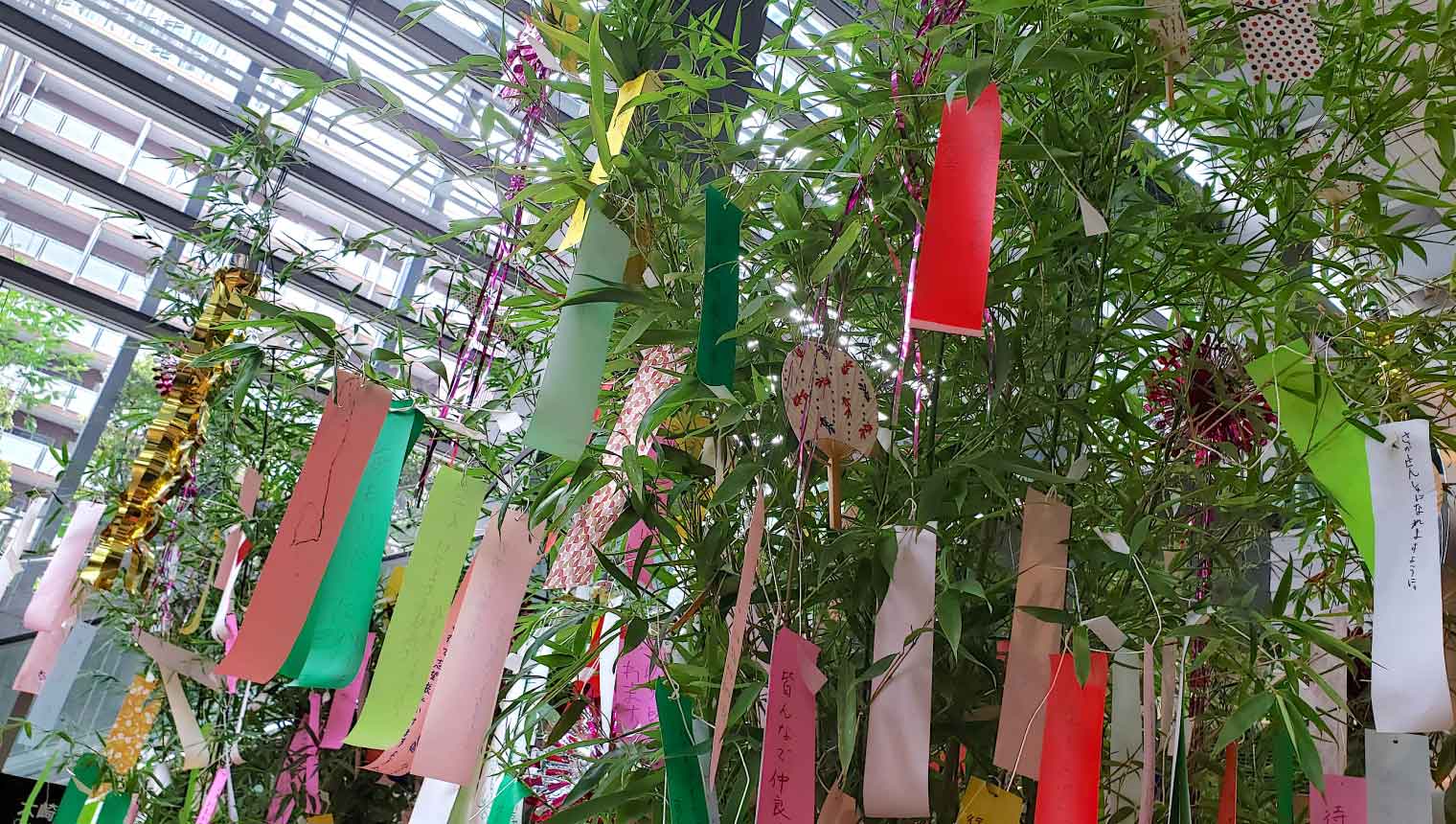
What do you do on July 7 in your country?



